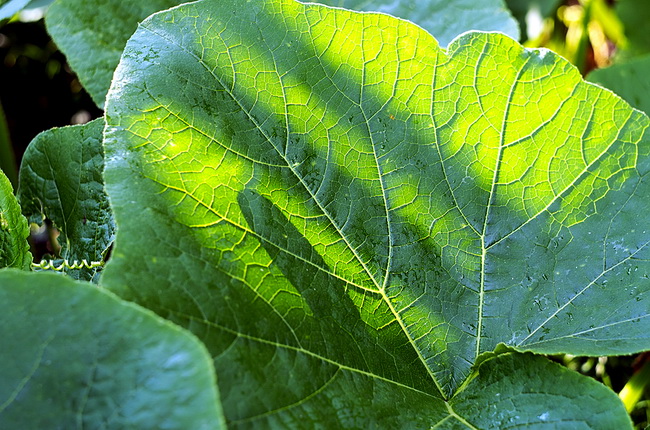- Make It Yourself Lavender Heart-Shaped Bath Bombs!
- 20 Things You Never Knew About “Down There”
- 12 Best Foods For Those Suffering From Arthritis Pain
- 12 Personal Hygiene Mistakes Almost Everyone Makes (Mom Never Told You About #4!)
- 15 Medicinal Plants And Herbs From The Cherokee People
- 12 Mind-Blowing Benefits Of Drinking Coconut Water During Pregnancy
- 12 Outstanding Winter Foods That Won’t Fatten You Up Like A Christmas Turkey
Can You Really Eat Pumpkin Leaves?

Photo credit: bigstock.com
Pumpkin leaves are highly valued in African countries. Called “ugu,” they are a commercial crop and are especially sought after by new mothers. The leaves are high in antioxidants as well as beta carotene.
You should really try pumpkin leaves if you find that many other greens are too bitter for your taste. These yummy leaves have no bitterness and some say that once they are cooked, they are actually a bit on the sweet side. Others compare their taste to a mixture of broccoli and green beans.
If you are lucky enough to have space to grow pumpkins, consider giving fresh pumpkin leaves a try, you can also buy them in many health food or ethnic food stores.
If you are planning on eating the leaves from plants in your own garden, cut the leaf and the stem. Hold by the stem so that the leaf is upside down. If you look, you will be able to see that the stem is hollow. Use your nail to split the stem in half and then snap it back so that it breaks cleanly. Pull the fibers from the back of the leaf and the outside of the stem. Throw the fibers away. Make yourself a good sized stack of leaves because like most greens, they tend to cook down.
In many African countries, pumpkin leaves are simmered with tomatoes until the leaves are soft and tender. Many Italian pasta recipes call for the leaves to be blanched quickly, then fried with oil and garlic, then tossed with well chopped tomatoes and garlic. In Malaysia smaller, more tender pumpkin leaves are mixed with garlic, onions, and anchovies, all simmered together in a type of fish stew that uses coconut milk instead of water.
SEE ALSO: Cabbage, a Natural Medicine for Cancer and Diabetes
Check the internet for a variety of recipes and there is certainly one that will suit your tastes.
































